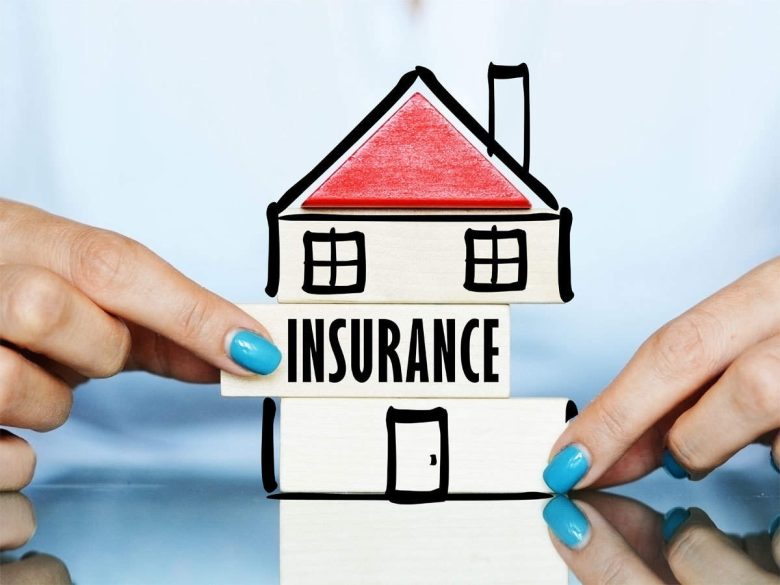Most people will make their biggest purchase in life when they buy a house. Home insurance protects that investment. This comprehensive plan protects your home against various risks, including theft, fire, vandalism, and natural disasters. Most mortgage lenders insist that homeowners have insurance as a condition for the loan. It protects both their and your financial interests.
Insurance is based on a simple principle: you transfer your financial risk from a disaster to an insurer. The insurer will cover certain, predefined losses, up to the limit of your policy, in exchange for regular premium payments. This arrangement gives you peace of mind when life’s unexpected events threaten your stability.
You can Get Coverage for Your Home
Dwelling coverage is the foundation of all home insurance policies. This policy section covers your home’s structure, including the roof, walls, and floors, and built-in appliances like a water heater or furnace. Dwelling coverage will pay for the repairs or rebuild of your home if a covered “peril,” such as fire, strong wind, or hail, damages its structure.
The protection extends to any structures that are attached to your house, such as a deck, garage, or porch. Modern policies cover the replacement cost of your home. You will be able to replace your home with similar materials and construction at current prices. This cost is different than the market value of your home. The insurance companies will determine how much coverage you need by looking at the local construction costs and your home’s quality.
Protecting your Personal Property
Home insurance protects not only the structure of your home but also what is inside. Your personal belongings are protected by the personal property coverage. It covers various items from clothing and furniture to kitchenware and electronics. This coverage can be used to protect your belongings while you are traveling or temporarily storing them elsewhere.
Standard policies usually set personal property coverage as a percentage of the dwelling coverage. This is often between 50 and 70 percent. If your home is insured at $300,000, then your personal property may be covered up to $150,000. In general, you can choose between two types: replacement cost or actual cash value. Replacement cost covers the full amount of a new item. You may require extra coverage for valuable items such as jewelry, art, or collectibles. This procedure is done through an endorsement.
Liability Insurance
Liability coverage protects you in the event of an accident. If someone sustains injuries on your property or inadvertently causes damage to another person’s property, it will provide coverage. This part of your policy covers medical expenses, legal fees, and possible court settlements in the event that you are legally responsible for a particular incident. This coverage is not limited to your home; it also follows you. If your dog bites a person in a park, liability coverage could help pay for the cost. The standard liability coverage is usually between $100,000 and $200,000, although higher limits can be purchased and are often recommended.
Additional Living Expenses
You’ll need to find a temporary place to live if a covered catastrophe renders your home uninhabitable. The Additional Living Expenses (ALE) policy helps cover these costs. You can keep a similar level of living without having to worry about a large financial burden. ALE usually covers expenses such as hotel bills, meals at restaurants, laundry, and other necessities that exceed your monthly budget. Most policies limit coverage to a certain time frame, such as 12–24 months, or a percentage.
Securing Your Financial Future
Home insurance is much more than a policy. It’s an essential part of any financial plan. Understanding how dwelling, personal property, and liability coverage work together will help you create a safety network that protects your belongings and financial security. A home insurance policy is a small price to pay compared to the financial devastation of an uninsured disaster. Comprehensive coverage protects your assets and your ability to recover from an unexpected event.
FAQs
1. What are the factors that affect my home insurance rate?
Many factors, including the age of your home, its location, the construction materials used, and even your own clairvoyance, influence your premium. In areas with high crime or natural disasters, homes are pricier.
2. Does flood insurance cover home damage?
Flood damage is not covered by standard home insurance policies. To be covered from losses due to flooding, you will need to buy a separate policy through either the National Flood Insurance Program or a private insurer.
3. How often should you review your home insurance policy?
You should review your insurance policy with your agent every year. It is also important to review your policy whenever you make major changes in your home, such as a renovation, or when you buy valuable items.
4. What is the difference between replacement cost and actual cash value?
Actual cash value pays for the full value of an item that has been damaged after depreciation. Replacement cost value pays the amount needed to replace an item with one of the same kind and quality without taking into account depreciation.
5. Can I reduce my home insurance premium?
There are many ways to reduce your premium. You can lower your premium by increasing your deductible. You can also bundle your auto and home policies with the same insurance company, install fire alarms or security systems, and keep a favorable credit rating.




